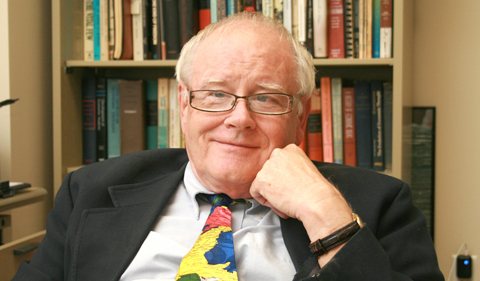Dr. Richard Vedder, Distinguished Professor Emeritus of Economics at Ohio University, authored a column in Forbes headlined “The Triple College Crisis. Crisis #1: College Is Too Costly.”
Ask 100 randomly selected Americans, “What is the biggest problem with American universities?” I would bet the most frequent answer would be, “they cost too much.” The published tuition fees of American colleges have roughly tripled over the past 40 years, rising faster than income levels. Almost everything you can name today is less burdensome to buy today than in, say, the 1970s, with the major exception of higher education and, arguably, medical care.
The two big questions are: How did this happen? And what can be done about it? I will address the second of these questions in numerous future posts. But today, let’s consider why fees have risen so much. The demand for higher education has risen a lot relative to supply. But why? Here are five frequently cited explanations. First, the Baumol hypothesis (named for the late economist William Baumol): Higher education is an inherently costly labor-intensive-type activity where productivity advance is nearly impossible, leading to big price increases over time. This is also sometimes called Baumol’s Cost Disease. Second, there is Howard Bowen’s Revenue Theory (named for the late economist and college president): Colleges spend whatever revenue they raise. Absent a profit motive, there are almost zero incentives to reduce costs and conserve resources. Public university presidents, however, emphasize a third theory: public financial support for higher education in some sense is declining. Fourth, conservative theorist William Bennett’s hypothesis is that vastly expanded federal financial assistance programs have led universities to raise fees to capture increased financial aid; colleges gain more than students. Fifth, the ability to expand fees depends largely on rising demand, which in turn reflects mainly the growth in the earnings premium associated with a college diploma over time. College is expensive, but it is worth it….
This is the second of a series of many posts over several months on the state of American higher education, planned around my forthcoming book, Restoring the Promise: American Higher Education Today, out May 1 from the Independent Institute.

















Comments